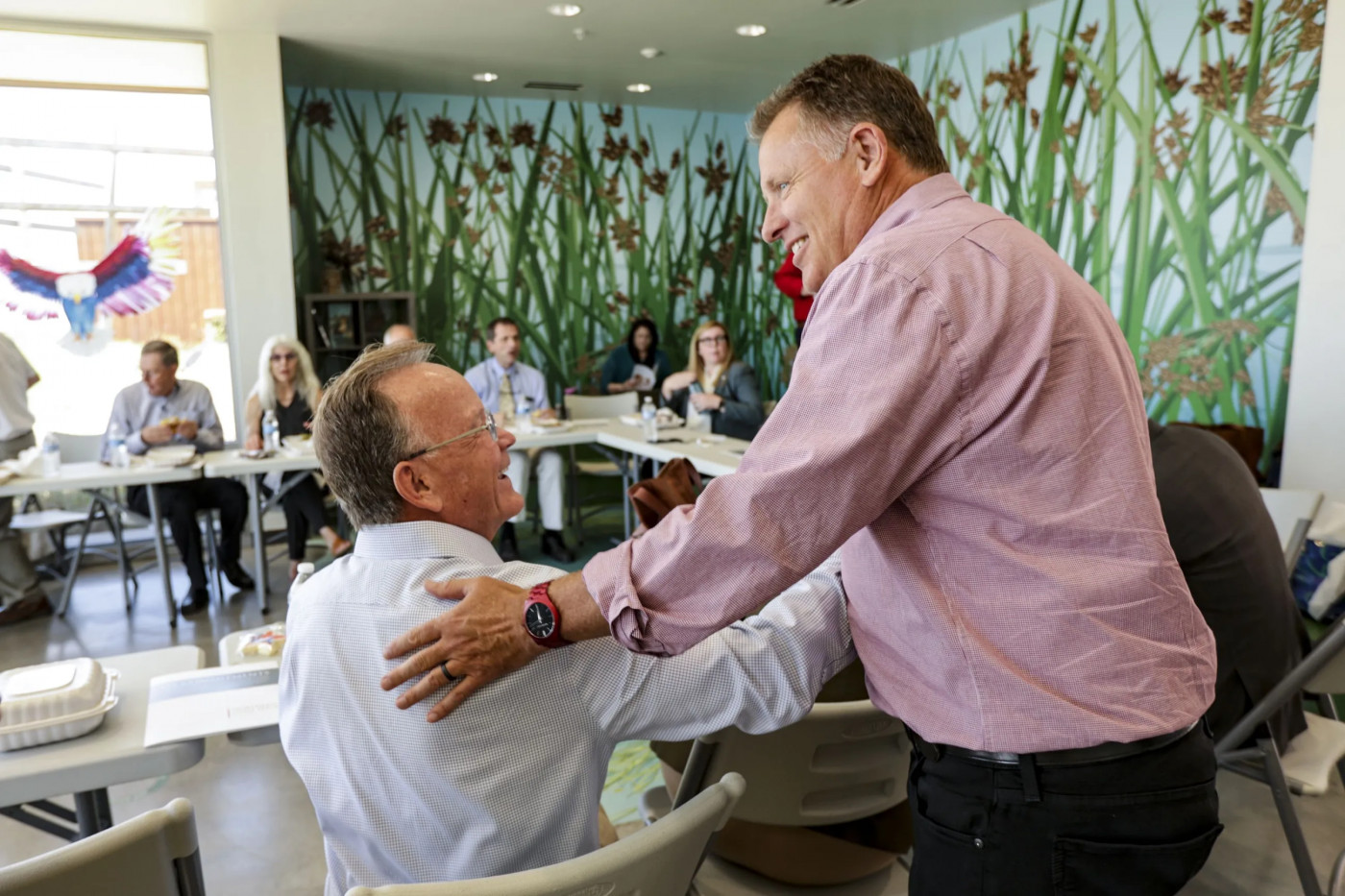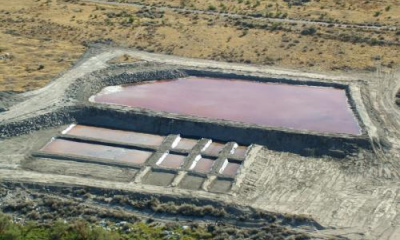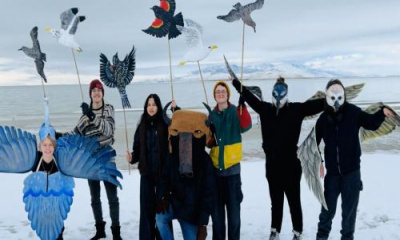With the picturesque Farmington Bay as a backdrop, state legislative leaders, the president of the state’s flagship university, academics, scientists and advocates shared ideas about the next steps to protect the imperiled Great Salt Lake.
House Speaker Brad Wilson said preserving the lake is personal because he’s lived near it and recreated on it his entire life.
As a legislative leader, he feels even greater urgency to preserve the lake, which is shrinking, having reached its historic low last year. The drought-challenged lake has significant health, ecological and economic implications for the state of Utah, he said.
Earlier this year, state lawmakers passed bills to help lake flow, including new access to water rights, more secondary metering to better understand how water is currently being used, and appropriated tens of millions of dollars for the Great Salt Lake habitat restoration alone.
But Wilson and Senate President Stuart Adams, R-Layton, acknowledge there is more to be done.
“If you were me, what would you do to make sure that we’re ready for the next general session, with the right policies, the right budget priorities? What would that process look like?” Wilson, R-Kaysville, asked attendees of a collaboration luncheon at the Eccles Wildlife Education Center.
The lunch and conversation was part of University of Utah President Taylor Randall’s north-to-south bus tour of the state this summer. He launched the first leg of the tour in northern Utah. Other legs of the tour include southern Utah, Utah County, Tooele County and eastern Utah.
One of the tour’s objectives is to highlight the U.’s partnerships and collaborations with other state colleges and universities in an effort to redefine and recommit to the university’s unique role in Utah, university officials said.
Preserving, restoring and protecting the Great Salt Lake is a prime example of where collaborations among the state’s institutions of higher education could help better define the parameters of the challenge and evaluating possible solutions.
“As we discussed this issue, it is so complex. It turns out you need a set of different experts to come together, and we certainly have a lot of them at the University of Utah” but they’re not all at the U., he said in an interview following the lunch.
“They really do lie in different institutions in the state. So our idea is that this is one of the great collaborative efforts. We can take the complexity of the problem of experts in each field in each dimension of the problem, but then they’ll be able to see the whole picture together, perhaps for the first time. And then hopefully, you’ll come up with something that works for Utah and the policymakers,” he said.
Thursday’s tour, which started in Logan and also included stops in Roy and Ogden, culminated with an alumni dinner at the Union Grill.
Rep. Ray Ward, R-Bountiful, said lawmakers need precise data points that help them describe to constituents the Great Salt Lake’s condition and how much water is needed to save it.
Jack Ray, president of the Utah Waterfowl Association and chairman of the Great Salt Lake Alliance, said there are two ways to approach policymaking with respect to the lake.
“One is, you try to get people to conserve water and hope at the end of the day there’s going to be enough flowing out to the lake to make things all right,” he said.
The other option is to dedicate enough water to the lake, which means Utahns would learn to manage with the remaining water not allocated to the lake.
Ray said there’s a template for doing this. In the late 1800s and early 1900s, the state undertook an initiative to protect the marsh habitat and recreational opportunities along the east shore of the lake.
The lasting legacy of those efforts is a “beautiful, basically a necklace, around the eastern shore of the lake,” he said.
“Maybe that’s what we need to do with water and then we’re not worried so much about endless population growth. We’ve set aside this amount of water and we know we’ve got it and that answers some of the questions,” he said.
Several participants said educating the public and Utah students about the lake and the need to conserve water was also important.
Rep. Timothy Hawkes, R-Centerville, said after a large brown spot formed on his lawn last summer, he posted a sign in his yard that said “Drought Proud.”
This year as he has driven around his neighborhood, he’s observed that almost every lawn has a brown spot, as people have embraced the idea that it’s OK that their lawns aren’t green.
“The social expectation flipped just that quickly,” he said.







